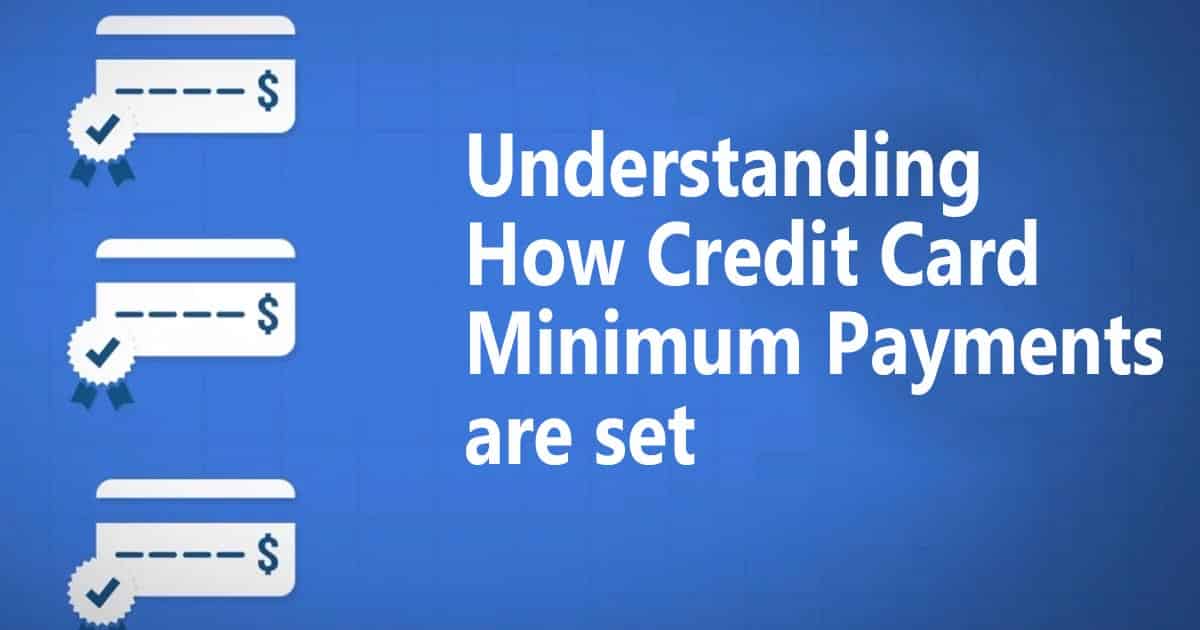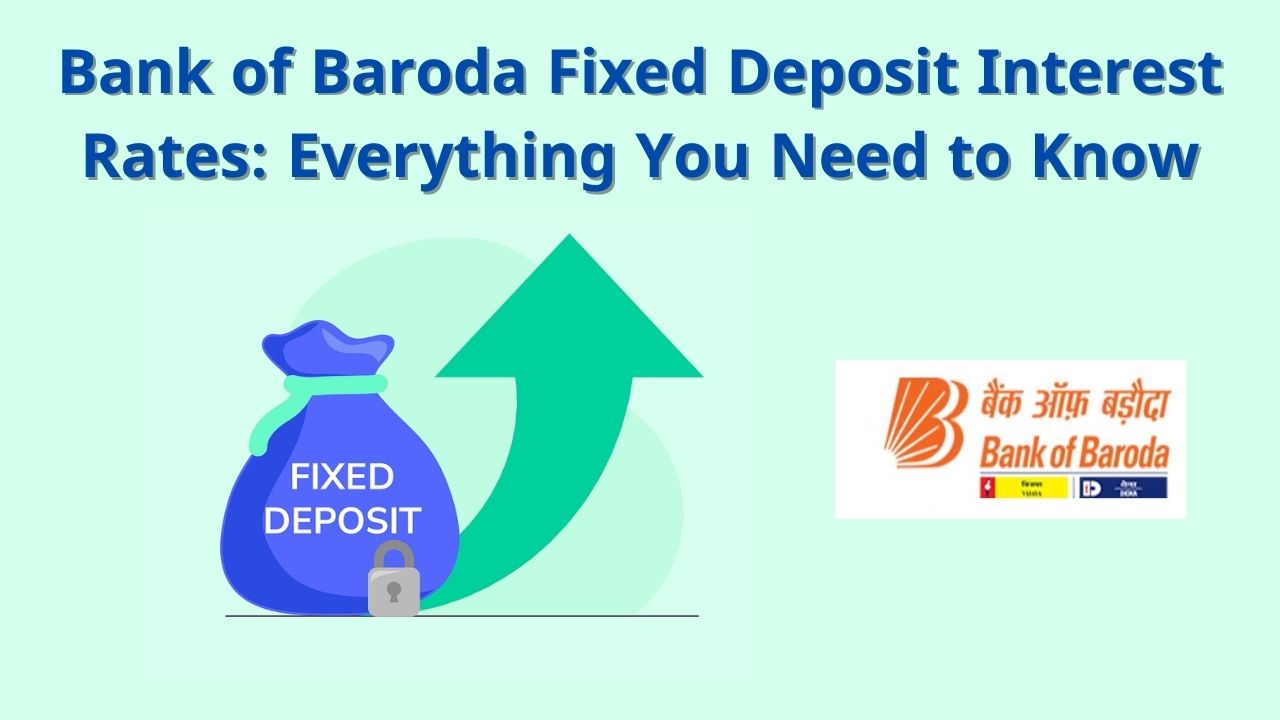Credit cards are a great tool for paying for things, controlling your cash flow, and collecting rewards. But it’s important to comprehend how credit cards operate, including how minimum credit card payments are determined.
Calculating your minimum payment can feel like an impossible guessing game when you frequently carry a sizable, fluctuating credit card balance. “How much is it going to be this month?”

In general, how much you owe determines how your card issuer determines your minimum payment. The minimum payment is typically the greater of a small calculated portion of your balance or a fixed dollar amount.
What is Credit Card Minimum Payment?
The smallest sum that the credit card company will accept as a payment for that month is known as the minimum payment. The minimum payment ranges between 1% and 3% and is determined as a percentage of the outstanding balance. For instance, if the minimum payment is 2% and your credit card balance is $1,000, you would need to make a minimum payment of $20 to comply.
You’re probably making the first kind of minimum payment — the calculated amount — if your minimum payments seem impossible to predict. Knowing the math behind that figure can help you anticipate your expenses for the following month.
How minimum payments are calculated
The minimum payment is established by the credit card company to make sure that cardholders pay at least a portion of their balance each month, even if they are unable to do so. This lowers the risk of default for the credit card issuer and enables the credit card company to receive at least some payment. Making only the minimum payment, however, can result in high interest fees and extend the time it takes to pay off the balance, which could end up costing the cardholder much more in the long run.
When you pay off a credit card balance, the money is typically applied first to any accrued interest fees and then to the principal balance. The remaining balance will continue to accrue interest if you only make the minimum payment, which can prolong the time it takes to pay off. This is so because only the interest and a small portion of the principal balance are covered by the minimum payment..
For instance, if you only make the minimum payment of 2% on a $5,000 credit card balance with an interest rate of 18%, it will take you more than 20 years to pay off the balance and you will end up paying more than $11,000 in interest fees alone. Therefore, it is crucial to make as much monthly payment as you are able to, ideally paying off the entire balance each month to completely avoid interest charges.
It is important to pay more than the minimum payment if you are unable to pay off the entire balance in order to lower the amount of interest that accrues and to pay off the balance as quickly as you can. You can speed up the process of paying off your credit card balance and avoid paying interest fees by making a larger payment than the required minimum.
It’s important to remember that some credit card companies might also have a minimum payment threshold in terms of money. For instance, the minimum payment could be $25 no matter how the percentage is calculated if your balance is very low.
It’s also critical to realise that as your balance owes fluctuates, the minimum payment may as well. For instance, the minimum payment will adjust to reflect a decrease in your outstanding balance.
Remember that paying only the minimum amount each month can result in high interest fees and extend the time it takes to pay off the balance. Therefore, it is always advised to make as much monthly payment as you are able to, ideally paying off the entire balance each month to completely avoid interest charges. If you are unable to make the full payment, paying more than the required minimum can help you pay off the balance more quickly by lowering the amount of interest that will be charged.
Your minimum payment will most likely be calculated in one of two ways, assuming you owe enough money that it exceeds your issuer’s fixed floor rate:
Flat percentage
On some cards, the issuers base the minimum payment amount on a flat percentage of your statement balance, usually 2%. For instance, if your balance was $10,000 (including interest and fees), you would owe at least $200.
According to a 2015 study by the Consumer Financial Protection Bureau, credit unions and subprime banks are the ones who employ this strategy the most frequently.
Percentage + interest + fees
Some credit cards impose a lower flat rate of your statement balance, free of fees and interest (such as 1%), and then add all interest and fees that cycle have accrued. Let’s say you owe $10,000 with a balance of $10,000 (before interest and fees) and $160 in interest and $38 in late fees. Your minimum payment would be $298 if your issuer determines it to be 1% of the balance plus interest and fees.
You can calculate it in two steps:
$10,000 balance x 1% (0.01) = $100
$100 + $160 in total interest accrued + $38 in late fees = $298 owed as a minimum payment
Factors affecting Credit Card minimums payment
While the outstanding balance is the primary factor used to calculate credit card minimum payments, there are other factors that can affect the minimum payment amount:
Interest rate: The interest rate on your credit card can affect the minimum payment amount. If your interest rate increases, the minimum payment will also increase.
Fees: If you have incurred late fees, over-limit fees, or other charges on your credit card, these fees can increase the minimum payment amount.
Promotional balances: If you have a promotional balance with a lower interest rate, your minimum payment may be calculated differently than your regular balance.
Credit limit: Your credit limit may affect the minimum payment amount, as the credit card issuer may require a higher minimum payment for customers who are using a larger percentage of their available credit.
Payment history: If you have missed payments or made late payments in the past, your credit card issuer may increase your minimum payment as a way to encourage you to pay off your balance faster.
Does making only the Credit card minimum payment affect my credit?
Your payment history will look good as long as you make the minimum payment on time for your credit card. But if you only make the minimum payment each month, it could still have an impact on your credit scores.
Your credit utilisation, or the proportion of available credit that you are actually using, is affected by any outstanding balances.
Your credit utilisation is 7%, for instance, if you have two cards with combined credit limits of $7,000 and have used $500 of that credit.
In conclusion, credit card minimum payments are set by the credit card issuer and are typically calculated as a percentage of the outstanding balance. The minimum payment is the smallest amount that the credit card company will accept as a payment for that month. It is always best to pay as much as you can afford to pay each month, ideally paying off the entire balance each month to avoid interest charges altogether. If you are unable to pay off the full balance, it is important to pay more than the minimum payment to reduce the amount of interest that accrues and to pay off the balance as quickly as possible.







